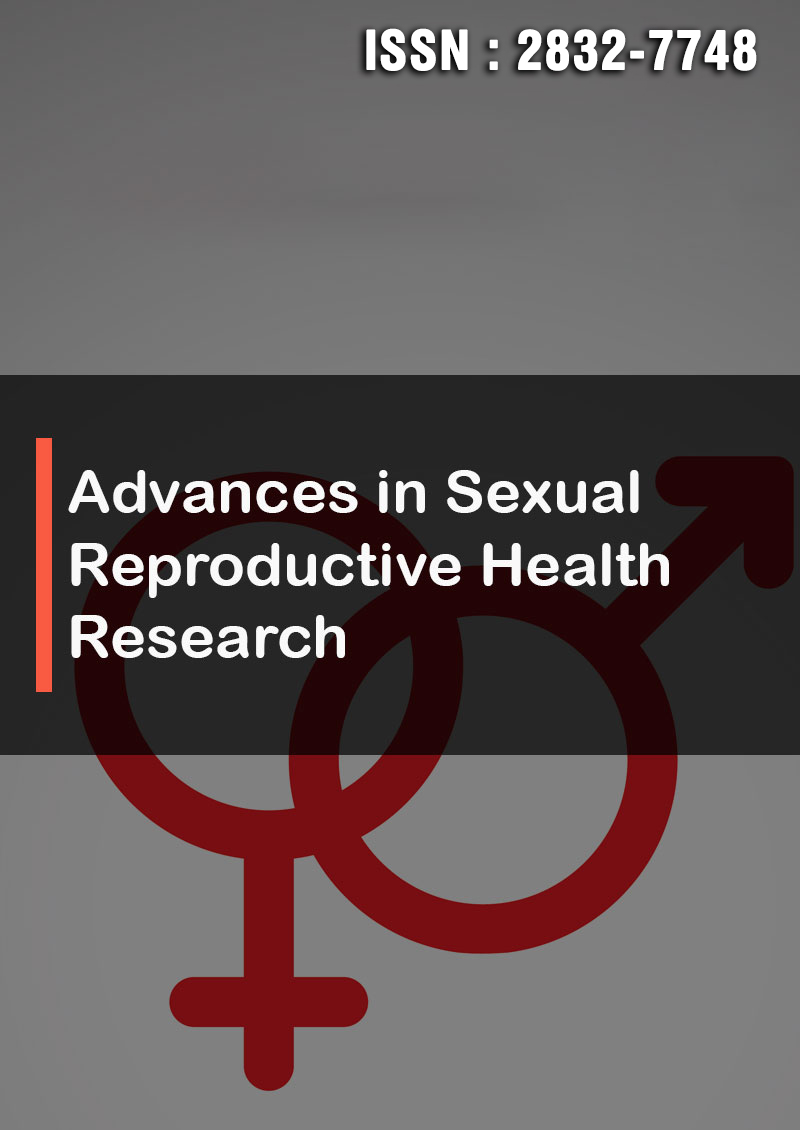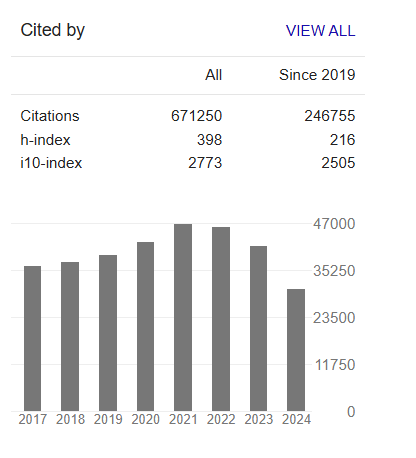Cervical Cancer Screening Utilization and Associated Factors Among HIV- Positive Women in Bole Sub City, Addis Ababa, Ethiopia, 2022
Abstract
Cheru Kore Sifir
Introduction: Cervical most cancers is a most cancers develops on the neck of the womb that's because of the unusual boom of cells which have the cap potential to invade different components of the frame. With about 528,000 new instances taking place every 12 months global. It is the second one main cause of most cancers associated dying and one of the pinnacle 20 reasons of dying in Ethiopia. The disorder is ready 7.9 instances extra not unusual place in HIV inflamed girls than none inflamed ones. Cervical most cancers screening reduces morbidity and mortality with the aid of using extra than 80%. Cervical most cancers screening insurance in Ethiopia may be very low that's 1.6% for all girls with unknown popularity and tremendous girls.
Objective: The goal of this have a look at became to evaluate and examine cervical cancer screening utilization and associated factors among HIV- positive women in bole sub city Addis Ababa, Ethiopia
Method: facility primarily based totally move sectional have a look at layout became carried out from June 1-30,2021. A general of 714 girls, 357 from HIV tremendous and 357 from unknown HIV popularity girls come to the clinic became decided on with the aid of using systematic random sampling approach. Data became gathered with the aid of using interviewer administered, entered to Epi information model three.1 and exported to SPSS model 23 for evaluation. Bivariate and multivariate logistic regressions have been used to pick out elements related with final results variable.
Result: A total of 156 eligible participants, were recruited in this study. Making an overall response rate of 100% participants were involved. Age was distributed in normal pattern with the mean age ±SD of HIV positive was 30.70±5.77 for women with unknown HIV status individuals respectively.
Conclusion: The finding of this study concluded that cervical CA screening service utilization among both groups was very low. Even though the prevalence of utilizing CCA screening service was very low among both groups, the prevalence among unknown HIV status women was higher than that of positive ones and the difference was significant.




